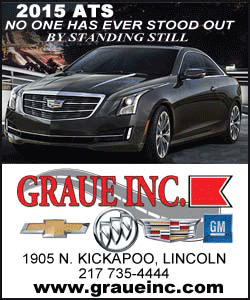|
 “We want consumers to understand their energy bills and know how
they can cut costs,” says Molly Hall, executive director of the
Energy Education Council. “We want consumers to understand their energy bills and know how
they can cut costs,” says Molly Hall, executive director of the
Energy Education Council.
The Energy Education Council shares the following tips, organized by
how much certain costs contribute to a home's energy bill:
- According to energy.gov, heating and cooling typically
account for about 48 percent of a home utility bill. Since
heating/cooling is such a big cost, it is a good place to begin
saving strategies. Start by regularly cleaning or replacing
filters. During winter, dress warmly and keep the temperature in
the home moderate. In the summer, wear light clothing and use
fans to keep cool instead of running the air conditioning.
Consumers can save money any season by closing off rooms that do
not need to be heated or cooled.

- Water heating, at 18 percent (energy.gov), is next. Warm
water is needed throughout the day to shower, cook, and clean.
However, it is not needed every moment of the day. Yet, many
people’s water heaters work hard to keep water warm constantly.
Give the water heater a break by setting its temperature to 120
degrees.
- Appliances – Do laundry in cold water, when possible. Run
the dishwasher when there is a full load. Also consider air
drying dishes and line drying clothes as often as possible.
Check the seals on refrigerators and freezers to make sure they
are airtight. When shopping for new appliances, look for the
Energy Star label. Energy Star products use less energy than
other products.
[to top of second column] |

- Electronics and other devices – Look for the Energy Star
label when purchasing new electronics as well. Even if not
replacing electronics, money can be saved by unplugging products
that are not in use.
- Lighting – Lighting is one of the easiest ways to increase a
home’s efficiency. Switch to Compact Fluorescent Light (CFL)
bulbs or Light Emitting Diode (LED) light bulbs. Both types use
significantly less energy than traditional incandescent light
bulbs. CFLs and LEDs also last longer than incandescent
lighting, so they will not have to be replaced as often.
For more tips on how to use energy efficiently and safely,
visit EnergyEdCouncil.org.
[Kayla Kruse, Energy Education
Council]
 |